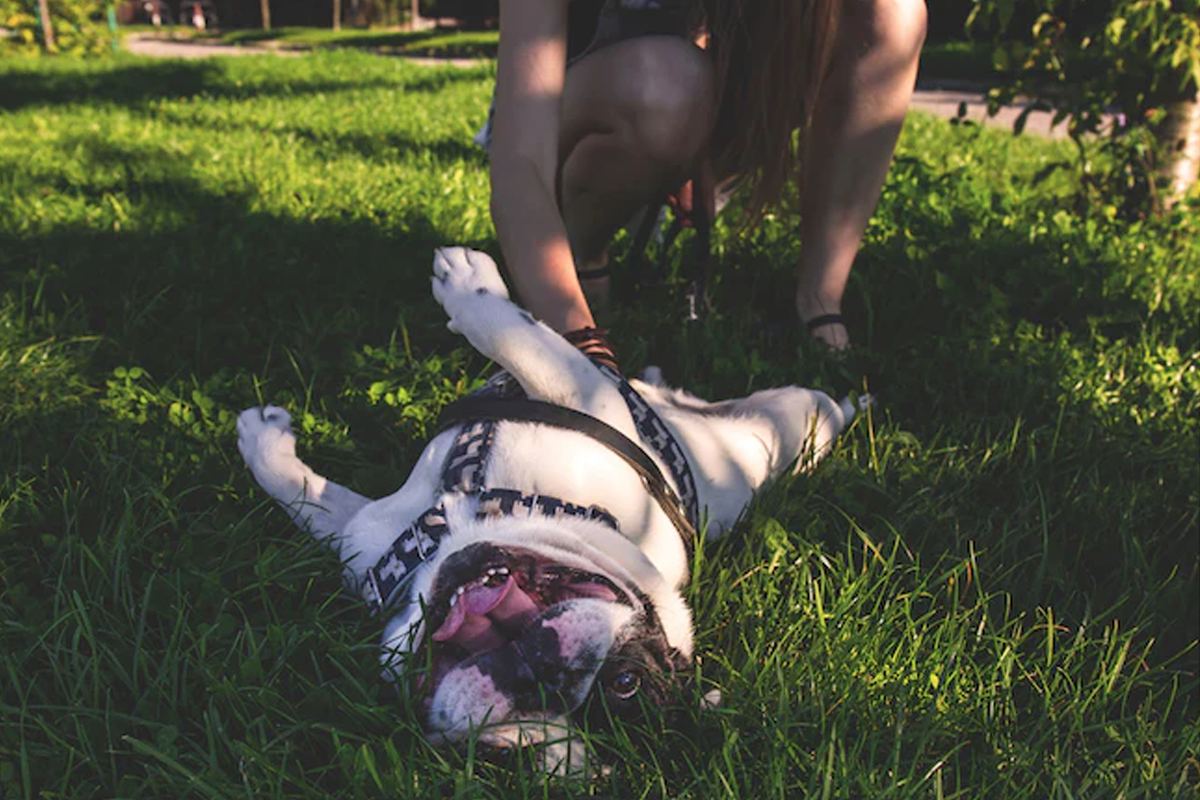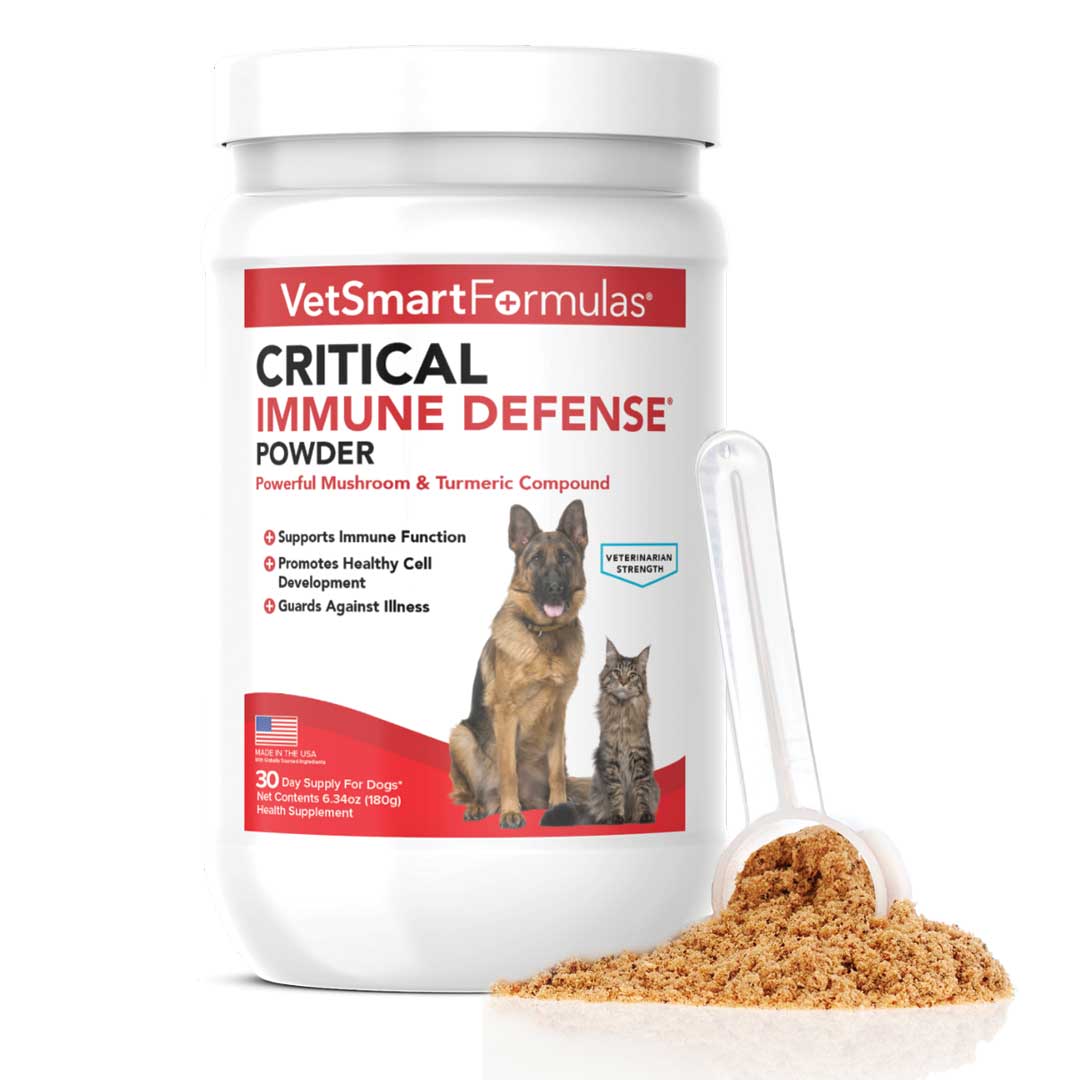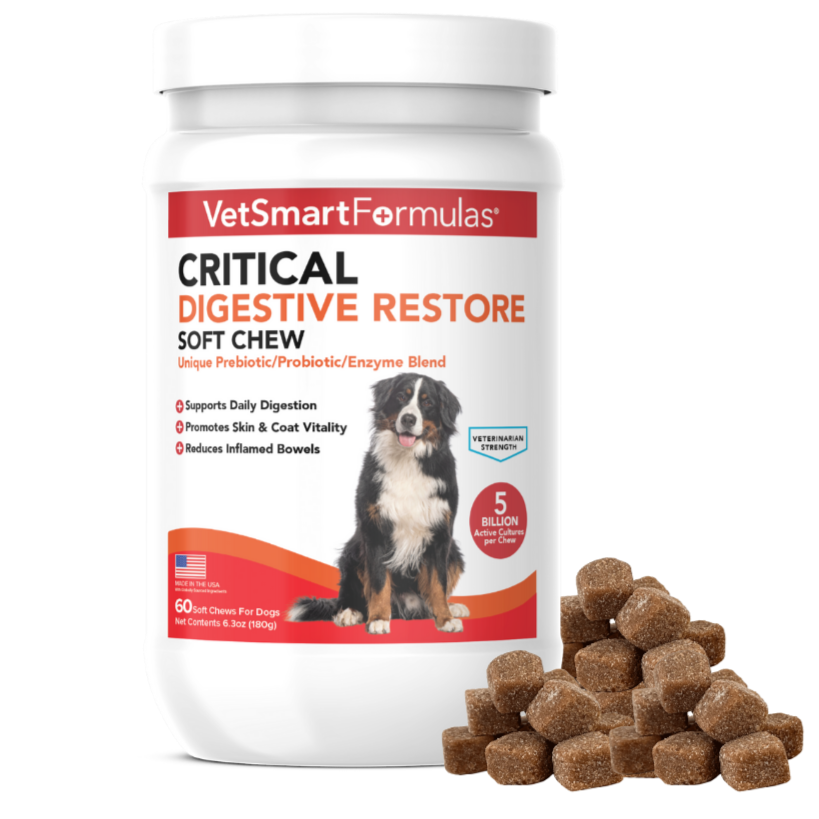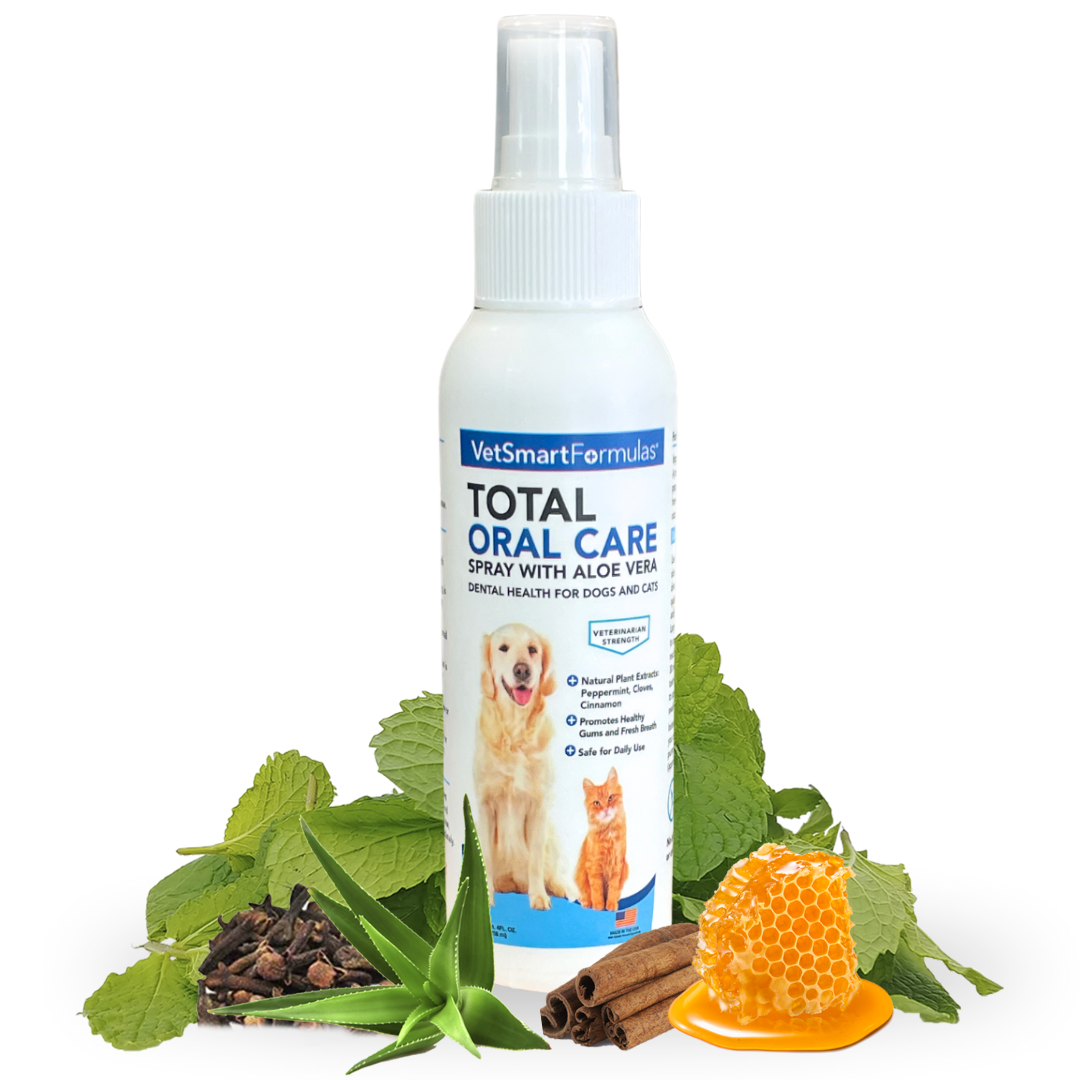Diet and Nutrition:
What your dog eats and how much it eats throughout its life will affect arthritis and joint pain in its later years. If your dog is overweight, reducing its weight, slowly, to a healthy level is one of the most important things you can do to reduce its discomfort.
Dogs love to eat, and eating is one of their key pleasures in life. So if it has too much food in front of it, or if their food is not healthy, it will likely over eat. Feed your dog a lower caloric diet. Many are available commercially and you can make wonderful low calorie meals at home. If you don’t have the time or inclination to prepare meals at home, all major pet food manufacturers offer “Senior” brands of food. They tend to be lower in calories, higher in fiber with added glucosamine, calcium omega-3 fatty acids and antioxidants.
Keep in mind that certain foods may increase inflammation and aggravate arthritis. Some people have found that eliminating grains from the diet improves their dog’s symptoms, sometimes to the point that no other treatment is needed. In addition, plants from the nightshade family, including potatoes (not sweet potatoes), tomatoes, peppers (all kinds), and eggplant may aggravate arthritis.
Unfortunately, it’s not easy to avoid these foods unless you feed a homemade diet, where you control all the ingredients. The vast majority of dry foods contain grains, and those that do not often contain potatoes instead. There are a few brands that use only sweet potatoes or tapioca that would be worth trying for a dog with arthritis to see if your dog improves. Canned foods usually have fewer carbohydrates than dry foods, so that might be another option to try, especially for smaller dogs where the higher cost of canned food is not such an obstacle.
Certain foods may help reduce arthritis pain: celery, ginger, alfalfa, tropical fruits such as mango and papaya are all good to add to the diet of a dog with arthritis. Remember that vegetables must be either cooked or pureed in a food processor, juicer, or blender to increase digestibility by dogs, and fruits are more easily digestible when overripe.
A few people have reported that organic apple cider vinegar has provided some benefit when added to food or water. Be sure you provide your dog with plenty of plain water without vinegar as well.
Advanced Hip + Joint Complex
w/ Green-Lipped Mussel, Sea Cucumber, & MSM
Relieve Your Dog's Arthritis + Joint Pain - Fast & Highly Effective!
Learn MoreProbiotic Nutrient Enhancer
Best-on-the-market w/ 15 Billion active cultures
Maximize Your Dog's Nutrient Absorption And Support Healthy Digestion
Learn More
Weight and Exercise:
It’s extremely important when dealing with a dog who has arthritis to keep him as lean as possible. Extra weight puts added stress on the joints, and makes it harder for your dog to get proper exercise. If necessary, get an inexpensive postal scale and weigh your dog’s food to help you control his intake. A lean dog will experience less strain on his arthritic joints, especially if he’s a large breed.
Carbohydrates supply the same number of calories as proteins do, but offer less nutritional value to dogs. A low-carb, high-protein diet is better for a dog with arthritis than one that is high in carbs, which is more likely to lead to weight gain. Keep fat at moderate levels, to avoid weight gain from a high-fat diet and excess hunger from a diet that is too low in fat.
If your dog needs to go on a diet to lose weight, remember to reduce portions gradually, so the body doesn’t go into “starvation mode,” making it harder to lose weight.
Moderate, low-impact exercise such as walking or swimming is important for dogs with arthritis, as regular exercise will help maintain flexibility, and well-developed muscles help to stabilize the joints. It’s important to prevent your dog from exercising to the point where he or she is more sore afterward. Swimming is an excellent exercise for dogs with arthritis, as it is non-weight-bearing, so your dog can exercise vigorously without damaging its joints. If your dog is not used to exercising, start slowly and work up only gradually, as he/she begins to lose weight and develop better muscle tone. Several short walks may be easier than one long one.














